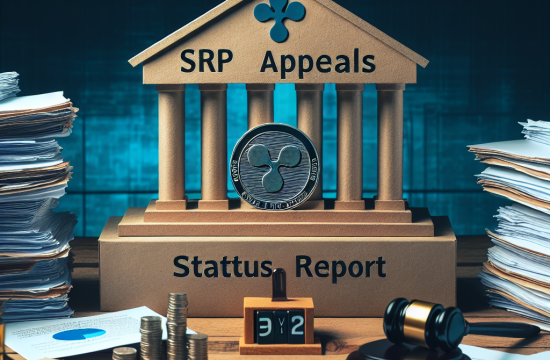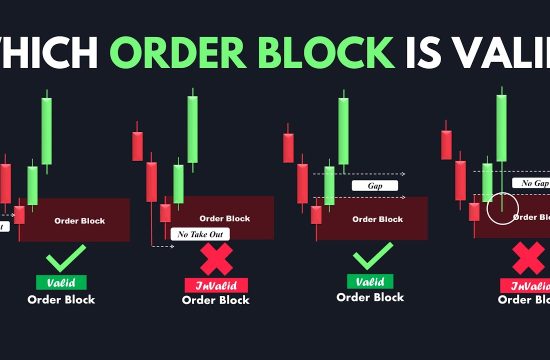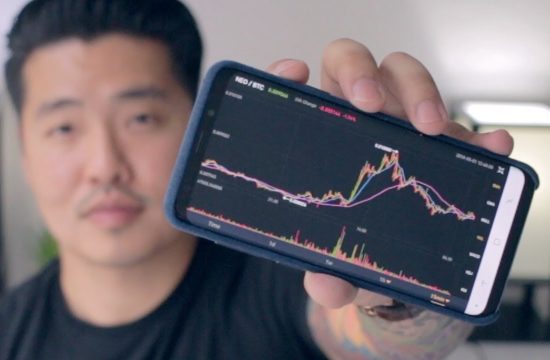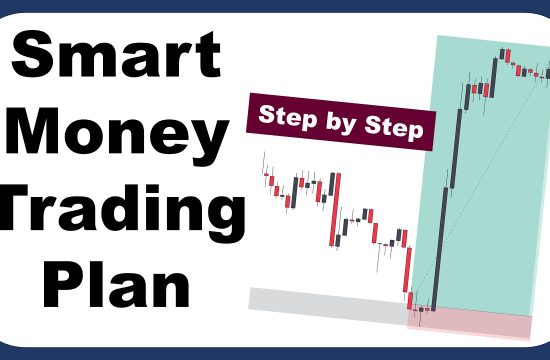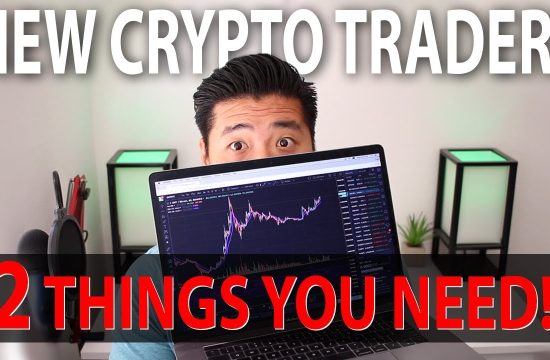Understanding the Market Dynamics
The Basics of Bitcoin Trading
When I first dipped my toes into Bitcoin trading, I was quite overwhelmed. The terminology, the rapid price movements—everything felt like a different language. What helped me immensely was grounding myself in the basics. This involves knowing what Bitcoin is, how decentralized currencies operate, and the factors that influence their value. Just like stocks, Bitcoin has its own market cycles that you’re gonna want to get familiar with.
Furthermore, understanding the patterns in market dynamics can give you a significant edge. You’ll often hear about market sentiment—how traders feel about Bitcoin’s future, which can lead to buying or selling pressure. By keeping an ear to the ground, you can gauge whether the market is bullish or bearish.
Never forget to stay updated with global events as well. Prices can fluctuate based on regulatory news, adoption by businesses, or even social media trends. So, you’ve gotta keep learning; it never stops!
Analyzing Market Trends
Diving into chart analysis might seem daunting at first, but trust me, once you get the hang of it, it feels like you’re looking at a treasure map. One thing I do is look for trends over different time frames. Are there patterns repeating? Is Bitcoin hitting resistance at a certain price point? This can signal potential buying or selling opportunities.
Moreover, technical indicators like the Moving Average or the Relative Strength Index (RSI) can provide valuable insights. They can help you understand when to enter a trade or when to step back and reassess. These tools have made my trading feel much more calculated than just guessing or following the crowd.
Remember, just because you’ve identified a trend doesn’t always mean it’s going to hold. The market can be unpredictable, and past performance doesn’t guarantee future success. Always be prepared to adapt!
Recognizing Risks vs. Rewards
Let’s be real: trading Bitcoin isn’t just about making cash—it’s also about managing risks. I’ve learned through experience that the thrill of potential gains needs to be balanced with the reality of possible losses. Set clear, actionable goals for yourself so you know when to pull out or when to keep your investment alive.
One critical piece of advice I can offer is to use stop-loss orders. This tool has saved me from severe downturns more than once. By automatically selling your Bitcoin if it hits a certain price, you can limit your losses without having to constantly monitor the market.
Lastly, never invest more than you can afford to lose. It sounds cliche, but it’s true. Getting involved in Bitcoin should be exciting, not cause sleepless nights worrying about your next rent payment!
Implementing a Trading Strategy
Choosing Your Trading Style
Once you’ve got the basics down, it’s time to figure out how you want to trade. There are several styles—day trading, swing trading, or even long-term holding. Personally, I’ve dabbled in all three, but I found that swing trading fits my schedule best because I can capitalize on market movements without being glued to my screen all day.
Day trading can be super exciting but also very fast-paced and stressful. It’s not for the faint-hearted. If you’re going this route, practice with a demo account first! It’s the best way to ensure you’re not throwing your hard-earned cash into the wind.
On the other hand, long-term holding can be less anxiety-inducing. If you believe in Bitcoin’s potential long-term, why not just hold onto it? Find a trading style that resonates with you and stick to it.
Developing a Trading Plan
I can’t stress enough the importance of having a solid trading plan. This isn’t just a fancy checklist—it’s a roadmap for your trading journey! Outline your goals, risk tolerance, and the strategy you plan to implement. I’ll tell you, having a clear plan has saved me from making impulsive trades based on fear or hype.
Within your plan, include your entry and exit points. This takes the emotion out of trading. Trust me, I can’t tell you how many times my emotions led me astray before I had a structured plan in place. Setting these parameters ahead of time allows you to trade more objectively.
Lastly, review and adjust your plan regularly. As the market evolves, so should your approach. Staying flexible can make all the difference between a good trader and a great one.
Tracking Performance
Here’s a pro tip: always track your trading performance. Keeping a journal of your trades has been invaluable to my learning process. I log entry and exit points, the reasons behind my trades, and how I felt during the transaction. Over time, I noticed patterns in my decision-making that helped refine my strategy.
Also, don’t be afraid to analyze your losses. It can bring up some fine feelings, but it’s crucial for growth. Understanding why you lost, whether it was a miscalculation or poor timing, can guide better decisions in the future.
Finally, celebrate your wins! Recognizing your successes, big or small, can boost your confidence. Trading is a journey; be kind to yourself through the ups and downs.
Staying Emotionally Balanced
Controlling Greed and Fear
Ah, the emotional rollercoaster of trading! It’s something I’ve dealt with firsthand. It’s easy to get greedy when you’re riding a winning streak, but that’s when I often make the biggest mistakes. Always remind yourself to temper your excitement with rational thinking.
Fear can be equally paralyzing. When I’ve seen a dip in the market, my instinct was to sell off my holdings to avoid losing more money. Understanding that market fluctuations are normal has taught me to breathe and think it through. Panic selling rarely results in good outcomes.
I’ve started practicing mindfulness techniques to manage my emotions. Whether it’s meditation or simply taking a walk, clearing your head can give you the perspective you need to make better decisions.
Building a Support Network
Once I embraced Bitcoin trading, I quickly realized the value of having a support network. Being in touch with fellow traders allows for sharing insights, discussing trends, and leaning on each other during those turbulent times. You’d be surprised at how much you can learn from other people’s experiences, both good and bad.
Social media platforms, forums, and local meetups can be great places to connect with others. I’ve made some fantastic friends who pick me up when my spirits are low and offer tips when I’m feeling lost in the sea of information out there.
Don’t forget that there’s also plenty of online resources—blogs, webinars, you name it! These can provide additional guidance for those tough moments where it feels like no one has your back.
Staying Realistic and Patient
Finally, it’s essential to set realistic goals. It’s easy to fall into a trap of wanting to make a fortune overnight, but that’s rarely how it goes. I’ve learned to appreciate the slow and steady approach. Remember, Bitcoin is still a relatively new territory, and true success usually doesn’t happen instantly.
Patience is key. I’ve often had to remind myself to view trading as a marathon, not a sprint. Set small milestones and celebrate each one without relying solely on the end result. This mindset can make the journey a lot more enjoyable.
And always keep in mind that setbacks are part of the process. They don’t define you as a trader; it’s how you respond and adapt that truly matters.
FAQ
What’s the best way to start trading Bitcoin?
The best way to start is by educating yourself first! Understand the basics of Bitcoin, market trends, and trading strategies before diving in. Consider using demo trading accounts to practice without financial risk.
How do I manage my risk when trading?
One effective way is to set stop-loss orders to limit your losses. Additionally, ensure that you only invest what you can afford to lose, and diversify your portfolio to reduce risk further.
Should I trade daily or hold long-term?
It ultimately depends on your personal schedule and risk tolerance. Day trading requires constant attention and can be stressful. If you prefer a less hands-on approach, swing trading or long-term holding might be better suited for you.
How can I emotionally handle trading losses?
It’s tough, but remember that losses are part of the trading game. Analyze what went wrong, learn from it, and try to move on. Having a support network can also help immensely during rough patches.
Is it worth joining a trading community?
Absolutely! Being part of a trading community allows you to share knowledge, gain insights, and provide moral support. It can really help you stay motivated and informed throughout your trading journey!





